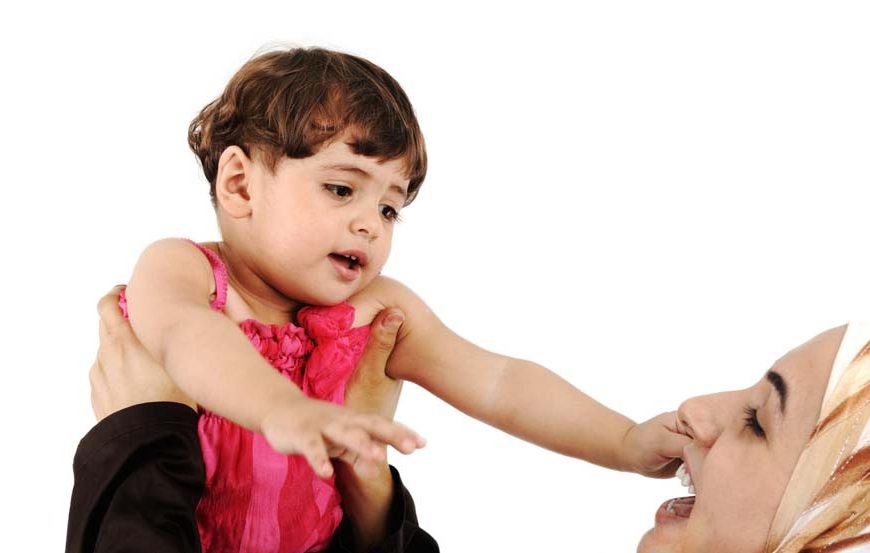Clinginess is a natural phase in a child’s development, often peaking during the toddler years. Understanding the reasons behind this behaviour is the first step in addressing it. Factors such as separation anxiety, changes in the family dynamics, or simply a phase in their emotional development can contribute to a toddler feeling clingy.
Strategies to Manage Clingy Toddlers
- Creating a Secure Environment
- Encouraging Independence
- Understanding and Responding to Their Needs
A crucial step in how to deal with a clingy toddler is to create an environment where they feel secure and loved. Consistent routines and reassuring them of your presence can help alleviate their anxiety.
Gradually encouraging independence can help mitigate clinginess. Simple activities like playing alone for short periods or helping with small tasks can foster a sense of self-reliance in your child.
Sometimes, clinginess can be a response to a need that isn’t being met. Understanding why your toddler is clingy and whiny can help in addressing their specific needs. It might be physical, like hunger or tiredness, or emotional, such as needing more attention or reassurance.
Handling the Whining Phase
Effective Communication
Clear and calm communication can help in managing a whiny toddler. Acknowledge their feelings, but also set boundaries. For instance, explain that you understand they want your attention, but whining is not the way to get it.
Positive Reinforcement
Positive reinforcement for times when they are not whiny or clingy can be effective. Praise their independent play or thank them for being patient. This approach encourages good behaviour through positive feedback.
Tips for a Clingy Toddler Phase
Consistency is Key
Consistency in your responses and routines provides a sense of security for your toddler. This predictability can reduce their need to cling.
Spend Quality Time Together
Dedicating uninterrupted time to your toddler can fulfil their need for attention, making them less likely to seek it through clingy behaviour.
Seek Professional Advice if Needed
If the clinginess seems excessive or is accompanied by other concerning behaviours, it might be worth consulting a child development specialist for advice.
Dealing with Extreme Cases
Handling Separation Anxiety
For toddlers who are very clingy due to separation anxiety, gradual exposure to short periods of separation can help. Start with leaving them for short durations with someone they trust and gradually increase the time.
Building Social Skills
Encouraging interaction with other children can help build social skills and reduce clinginess. Playdates or toddler groups can be beneficial.
Building Emotional Intelligence in Toddlers
Embracing Their Emotions
Teaching toddlers to understand and express their emotions is crucial. When a toddler is clingy, it’s often a manifestation of their inability to express what they’re feeling. Encourage them to talk about their emotions and validate their feelings. This not only helps in dealing with the immediate clinginess but also aids in their overall emotional development.
Role-Playing and Storytelling
Using role-playing games or storytelling can be an engaging way to help your child understand different emotions and scenarios. This can be particularly effective in preparing them for situations where they might feel anxious, like attending a nursery or staying with a caregiver.
Advanced Strategies for Handling Clingy Behaviour
Distraction and Engagement
Distraction can be a powerful tool. Engaging your child in a new activity or introducing them to new toys can shift their focus. This should be done sensitively, ensuring that the child does not feel ignored.
Setting Boundaries with Empathy
While it’s important to be empathetic, setting boundaries is equally crucial. Gently but firmly explaining that certain behaviours are not acceptable teaches them limits. For example, explain that you will not pick them up every time they whine, but instead, offer a hug or a comforting word.
Involving Them in Decision Making
Give your toddler choices in small daily decisions. This can range from what to wear to choosing a bedtime story. It makes them feel valued and more in control of their environment, which can reduce clinginess.
Parental Self-Care and Modeling
The Role of Parental Emotions
Your emotional state can significantly impact your child’s behaviour. If you are stressed or anxious, your toddler may pick up on these emotions and become more clingy. Prioritizing your well-being is not only good for you but also for your child.
Modeling Independence
Children learn by observing. Demonstrating your independence, like doing a task on your own or showing self-care routines, can encourage them to emulate these behaviours.
Leveraging Social and Family Networks
Family and Friends’ Support
Utilizing the support of family and friends can provide your toddler with a sense of security in your absence. Gradual introduction to staying with trusted family members or friends can ease the transition when you’re not around.
Joining Parent Groups
Joining parent and toddler groups can provide social interaction for both you and your toddler. It’s also a great way to share experiences and strategies with other parents facing similar challenges.
Long-Term Perspectives
Understanding Developmental Milestones
Recognizing that clinginess is a phase that coincides with certain developmental milestones can help parents maintain perspective. It’s a sign that your child is forming strong attachments and learning to navigate their emotions.
The Importance of Consistent Love and Support
Ultimately, consistent love and support are the cornerstones of helping a child through a clingy phase. This consistent presence builds a secure base from which the child can explore the world and develop independence.
In conclusion, dealing with a clingy toddler requires a balance of patience, understanding, and consistent strategies. Recognising the reasons behind the clinginess, responding to their needs, and encouraging independence are key. Remember, this phase is temporary and an integral part of your child’s emotional development. With the right approach, you can help your toddler navigate through this phase while strengthening your bond with them.
By employing these strategies and maintaining a positive and patient approach, parents can effectively manage the challenges of a clingy toddler, ensuring a healthy emotional development for their child.
For more such interesting blogs, visit EuroKids.















